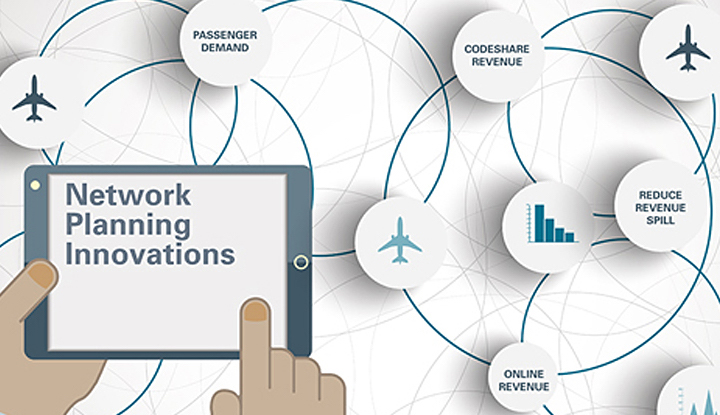The Australian Broadband Network is a “future-proof” network that will offer reliable, high-speed connections to most of the country’s consumers. The federal government has been investing heavily in the network, upgrading existing cells and building new ones to ensure it is able to provide a high-speed connection to all of its customers. The NBN Co expects to be able to deliver speeds of 25 megabits per second to half the population within five years, and the remaining half of the country will be served by a high-bandwidth geostationary satellite.
The Australian metropolis is a complex and diverse system of cities, and planning for its development is a critical step in achieving sustainable urban development. By assessing the current state of the public transport network, policymakers can focus on short-term solutions while planning for longer-term changes. In addition, network assessments can be used to guide funding allocations and route and link planning. The feedback loops within this process help to confirm that the process is iterative.
The Australian government has allocated funds to local governments and has allocated $411,950 under the Digital Enterprise Program. The funds will be used for video-conferencing systems and an online emergency management system. The Australian government is trying to reverse the trends of the previous government. This is a very expensive policy for consumers, and it will take many years to fully implement. While the Australian government is taking a step in the right direction, the long-term effects will be far-reaching.
The Department of Transport has launched a major multimodal network planning program that involves the two Integrated Planning Partners AECOM and Arup. The project also includes six key road corridors in Adelaide. These studies will identify opportunities for improving roads and infrastructure. It will also provide a foundation for future planning. It will also assist in the identification of funding priorities and enable the development of a comprehensive urban transport plan. With the support of this program, it will be possible to address many of the major challenges facing Australian cities.
There are two types of network planning in Australia. The first is multimodal planning. In this program, the government will develop a plan that integrates the three modes and provides for a single network. The second is regional planning. The state will use the information to decide how to make improvements to their network. Lastly, it will involve the public. The Department of Transport will also carry out several studies in other cities to address issues that are associated with mobility.
The Department of Transport is delivering the program with two Integrated Planning Partners, AECOM and Arup. The project has been undertaken along six key roads in Adelaide. In the process of planning, the IPP will assess the current system, identify short-term solutions and identify improvements. A third type of network planning is multimodal. This method is called a “community-oriented” network plan. In a city, the community is responsible for ensuring that the community’s needs are met.
A multimodal network planning program aims to assess the current state of the nation’s transportation system and identify short-term solutions. By incorporating a range of modes, the program will address multiple challenges, including issues that impact the transport network. The studies will include the assessment of the current system and its capacity. Furthermore, they will consider the implications of these decisions on the existing and future design of the cities and communities. The study is intended to improve the system and its services.
The Department of Transport is currently implementing the Transport Network Planning Studies Program, which is an initiative that aims to improve Australia’s infrastructure. This program is a partnership between the Department of Transport and two Integrated Planning Partners, Arup and AECOM, as well as the Aurecon and Mottt MacDonald Joint Venture. The resulting road network planning projects are an important step in preparing for the future of the country’s transportation.
The Department of Transport is currently undertaking a multimodal network planning program in Australia with Integrated Planning Partners. The IPPs’ projects are funded by the Australian government and are designed to help local governments implement and improve the public transport system. The studies will identify the current system challenges and identify short-term solutions for these issues. The research will also link to the other types of transport network planning, including corridor and area planning. This is a valuable resource for local governments, and is crucial for establishing a more efficient and connected country.
